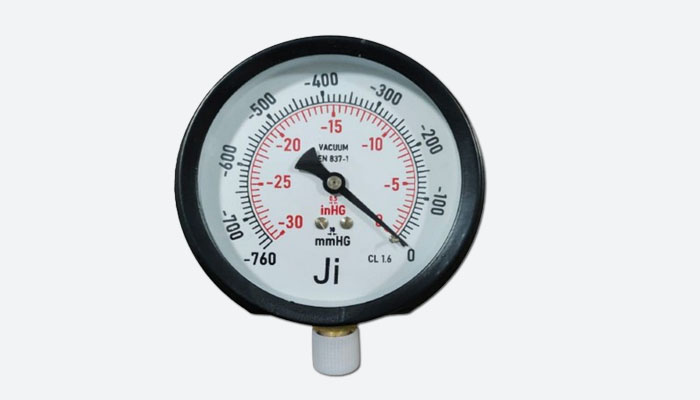
A vacuum gauge is an instrument used to measure the amount of vacuum or negative pressure inside a sealed container or system. These gauges utilize various mechanisms to determine the vacuum level, which can range from very low pressure levels of a few microns to high vacuum levels of 10^-10 Torr or below.
One of the most common types of vacuum gauges is the mechanical gauge. Mechanical gauges work by measuring the movement of a diaphragm or bellows in response to changes in pressure, which is then converted into an electronic signal. Another type of gauge is the ionization gauge, which uses an ionization process to measure gas levels in a vacuum system.
Vacuum gauges are used in a wide range of applications, including industrial processing, scientific research, and medical devices. They are often critical components for maintaining safe and efficient operation of vacuum systems that vary in size and complexity.
Choosing the right vacuum gauge for a particular application requires consideration of several factors, such as the vacuum range, accuracy, and resolution required, along with environmental factors like temperature and pressure.
Overall, vacuum gauges are essential tools for controlling and monitoring vacuum systems, helping operators to maintain efficient operation and prevent system failures.